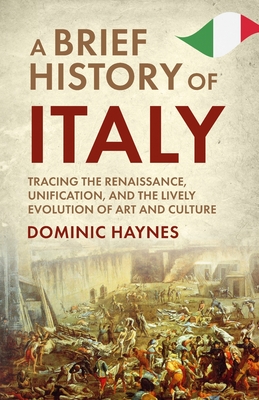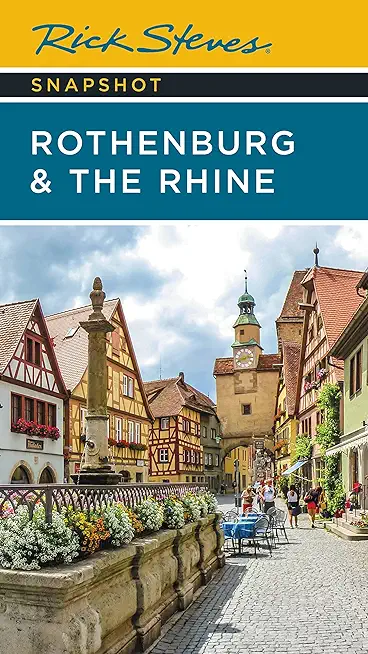
description
8There is no single volume that encompasses an integrated social and cultural history of the SÃ mi people from the Nordic countries and northwestern Russia. Neil Kent's book fills this lacuna. In the first instance, he considers how the SÃ mi homeland is defined: its geography, climate, and early contact with other peoples. He then moves on to its early chronicles and the onset of colonisation, which changed SÃ mi life profoundly over the last millennium. Thereafter, the nature of SÃ mi ethnicity is examined, in the context of the peoples among whom the SÃ mi increasingly lived, as well as the growing intrusions of the states who claimed sovereignty over them. The Soviet gulag, the Lapland War and increasing urbanisation all impacted upon SÃ mi life. Religion, too, played an important role from pre-historic times, with their pantheon of gods and sacred sites, to their Christianisation. In the late twentieth century there has been an increasing symbiosis of ancient SÃ mi spiritual practice with Christianity. Recently the intrusions of the logging and nuclear industries, as well as tourism have come to redefine SÃ mi society and culture. Even the meaning of who exactly is a SÃ mi is scrutinised, at a time when some intermarry and yet return to SÃ mi, where their children maintain their SÃ mi identity.
member goods
No member items were found under this heading.
Return Policy
All sales are final
Shipping
No special shipping considerations available.
Shipping fees determined at checkout.







